READY TO GET STARTED?
REQUEST A FREE ESTIMATE
Fill out the form below or call (888) 466-7849 for a free, no-obligation estimate.
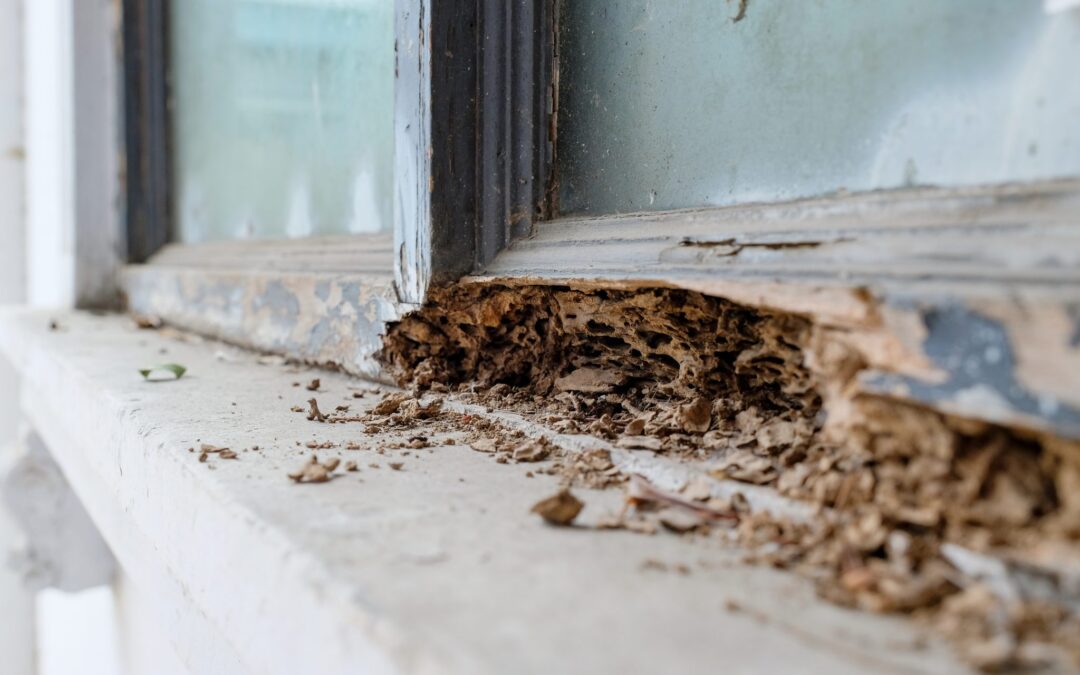
Drywood termites may be small, but their impact on Tennessee homes can be massive. These pests burrow deep into wood, causing hidden structural damage that weakens your property and reduces its market value. Left unchecked, they can lead to costly repairs, hurt resale prospects, and threaten your home’s health. Here’s how to protect your investment.
Unlike subterranean termites, drywood termites don’t need soil to survive. They infiltrate timber in walls, floors, and furniture, often going undetected until damage is severe. The long-term consequences include:
Detecting drywood termites early can save you thousands. Watch for:
Preventative measures are your best defense. Follow these steps:
For a greener solution to infestations, try:
Don’t underestimate the cost of inaction. Drywood termites threaten your Tennessee home’s value and overall health. Act early to spot infestations, prevent damage, and keep your property market ready. Consult pest control professionals to ensure your home remains a secure and termite-free investment.
Ready to get started? Give us a call or click the button below for your FREE termite control quote!
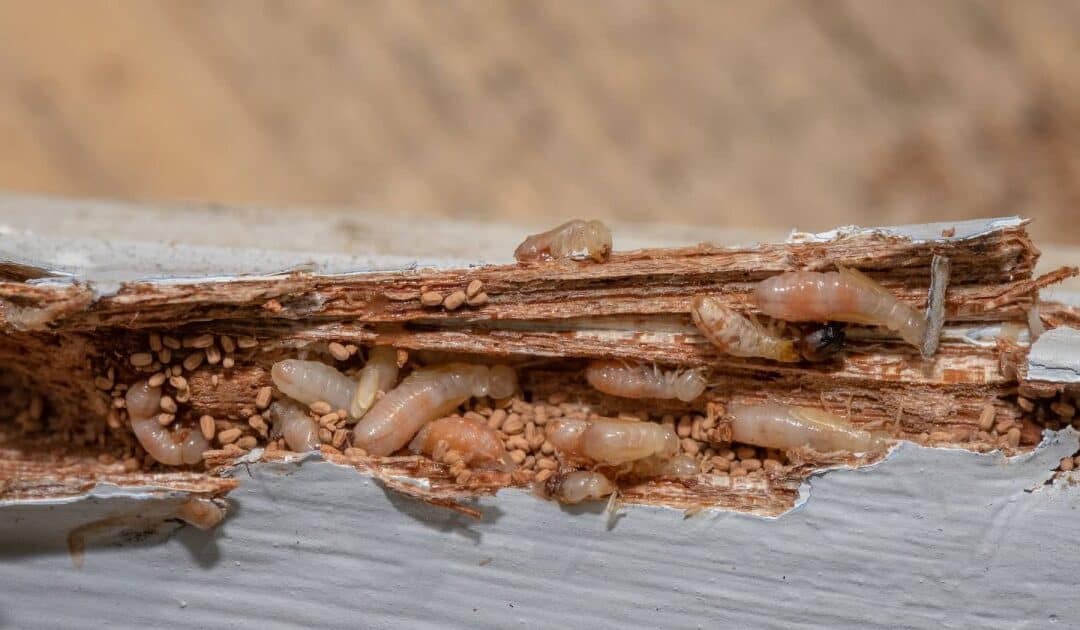
Miami’s warm, humid climate makes it a hotspot for drywood termites. These pests, living entirely within wood, can cause significant damage if left untreated. Unlike subterranean termites, they don’t need soil, making infestations harder to detect. Here’s how to protect your Miami home with effective, eco-conscious treatments and prevention tips from termite control near me.
For severe infestations, fumigation is a reliable solution. Professionals tent the home and release a gas that penetrates wood to eliminate termites. This treatment leaves no residue behind making this option much healthier for the environment.
No-tent treatment is a less invasive and eco-friendlier solution for smaller infestations. It uses non-repellent products, often derived by adhering to sustainable practices, which target termites directly without affecting other species. This precise application minimizes chemical use while effectively eliminating colonies.
Preventing termites isn’t just about keeping your home protected; it’s also an opportunity to adopt greener practices that help the environment. Here are some tips for keeping drywood termites at bay while staying eco-conscious:
Drywood termites can cause costly damage, but with quick action and the right choices, you can protect your home. Contact a Miami-based termite control expert for professional inspections and effective treatments. With proven prevention strategies and reliable solutions, you can safeguard your home and enjoy peace of mind for years to come with termite control near me.
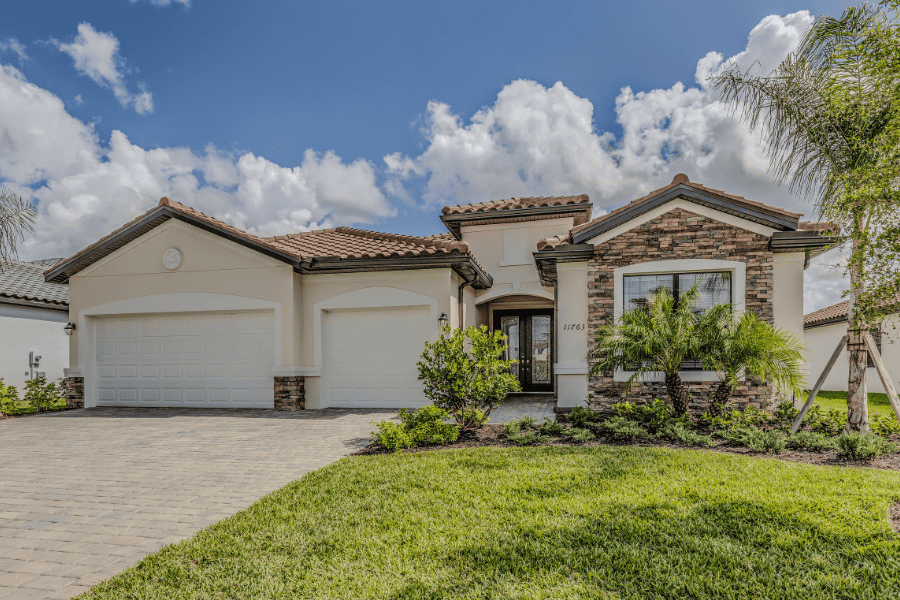
Drywood termites cause significant damage to homes and structures if left unprotected, causing millions of dollars in repairs. Unlike their counterpart, the subterranean termite, drywood termites live entirely within the wood they infest, making them challenging to control. Luckily, there are several effective drywood termite treatment options available to Florida residents to eliminate and prevent these pests! Let’s explore these treatment options.
Fumigation involves tenting an entire structure and utilizing gas to penetrate the wood and eliminate termites. This method can be highly effective at eradicating termites, eliminating any that are present on the property. Fumigation is also known to treat large termite infestations throughout an entire structure. Fumigation does require the occupants to vacate the property for several days.
Professional termite experts will directly inject an advanced, non-repellent product into drywood termite galleries to eliminate the termites found in a home. The no-tent treatment is slow acting, which allows termites who encounter the product to take it back to the queen and colony to eliminate it. This method is a great alternative to the fumigation method if you would rather avoid leaving your home.
The best way to ensure that you don’t end up with a drywood termite invasion is to deter them away from your home in the first place. Check out our DIY tips to preventing drywood termites:
While these tips will support efforts to deter termites, if you notice termite activity on your property, it’s best to call a termite control company near you to start termite control treatments and schedule an annual termite inspection to prevent future infestations.
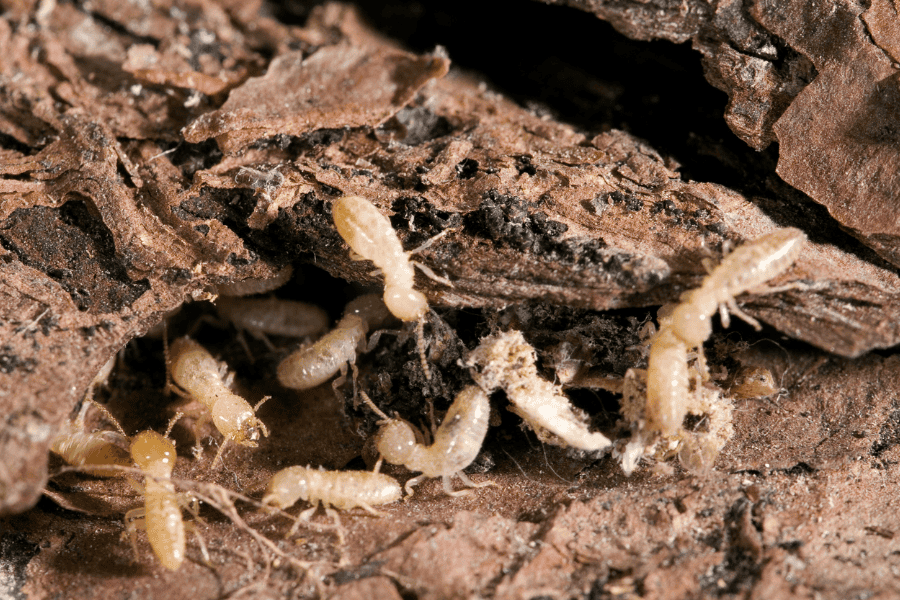
There are two common termite species Florida homeowners should know: the subterranean and drywood termite. Both termite species can cause structural damage to homes and cause thousands of dollars in repairs. One of the best ways you can avoid their damage is understanding their characteristics and the preventative measures to place around your home to deter them away. Let’s explore the differences between drywood vs subterranean termites and how you keep them from infesting your home.
Drywood termites thrive in dry wood, often infesting furniture, frames, and other wooden structures without them needing contact with soil. Once they have infested, they will cause damage by hollowing out wood from the inside out. A good indication that these termites infested your home is finding small piles of wood pellets or frass, tiny holes in wood surfaces, and discarded wings near windowsills or light fixtures.
Subterranean termites live underground and build mud tubes to reach food sources above the ground, often destroying foundations and support beams in the process. These termites need soil and moisture to survive and build their colonies. Signs of a subterranean termite infestation include finding discarded wings and mud tubes on exterior walls, foundations, or crawlspaces.
There are several preventative measures you can utilize to deter termites away from your Florida property. Let’s review do-it-yourself termite prevention tips:
While these tips will support efforts to deter termites away, it is always best to schedule an annual termite inspection with a professional termite control company near you. These professionals can detect termite signs early and quickly provide your home with the appropriate termite control and prevention plan.
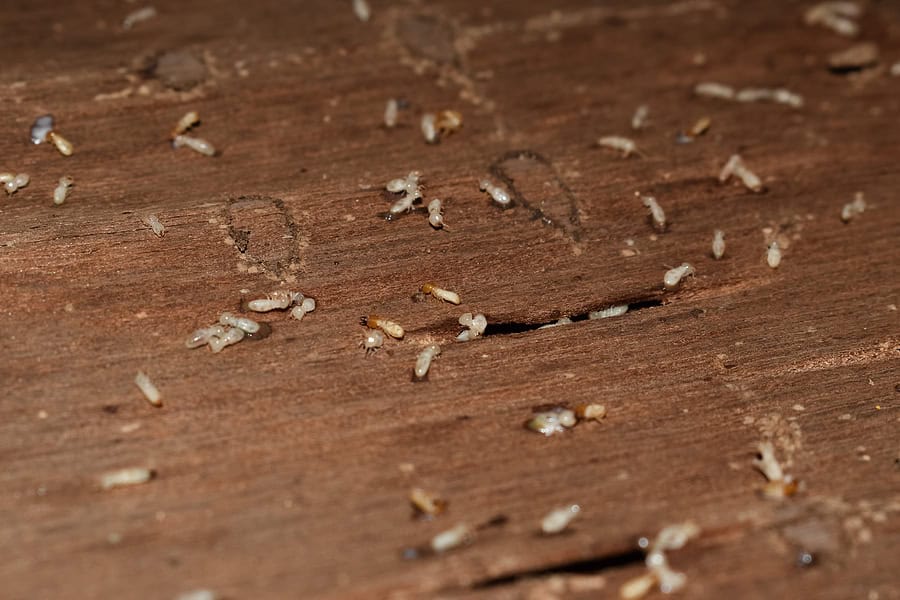
Termites thrive in warmer weather and are known to create extensive damage to your home if not managed properly. This makes Florida’s warm and humid climate a hotspot for termite activity! In our sunshine state, the most common types of termites are drywood and subterranean termites. Let’s breakdown the difference between these two termite species and how you can prevent these pests from infesting your home.
It’s important to understand the difference between drywood termites and subterranean termites to properly treat and prevent them.
There are several do-it-yourself prevention tips that you can utilize to prevent both drywood and subterranean termites. Consider the following: